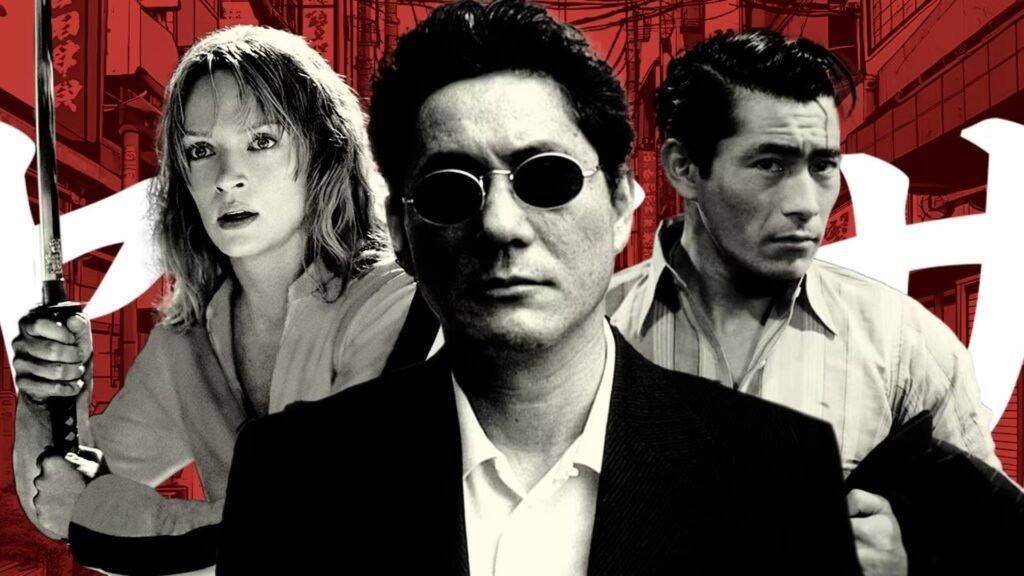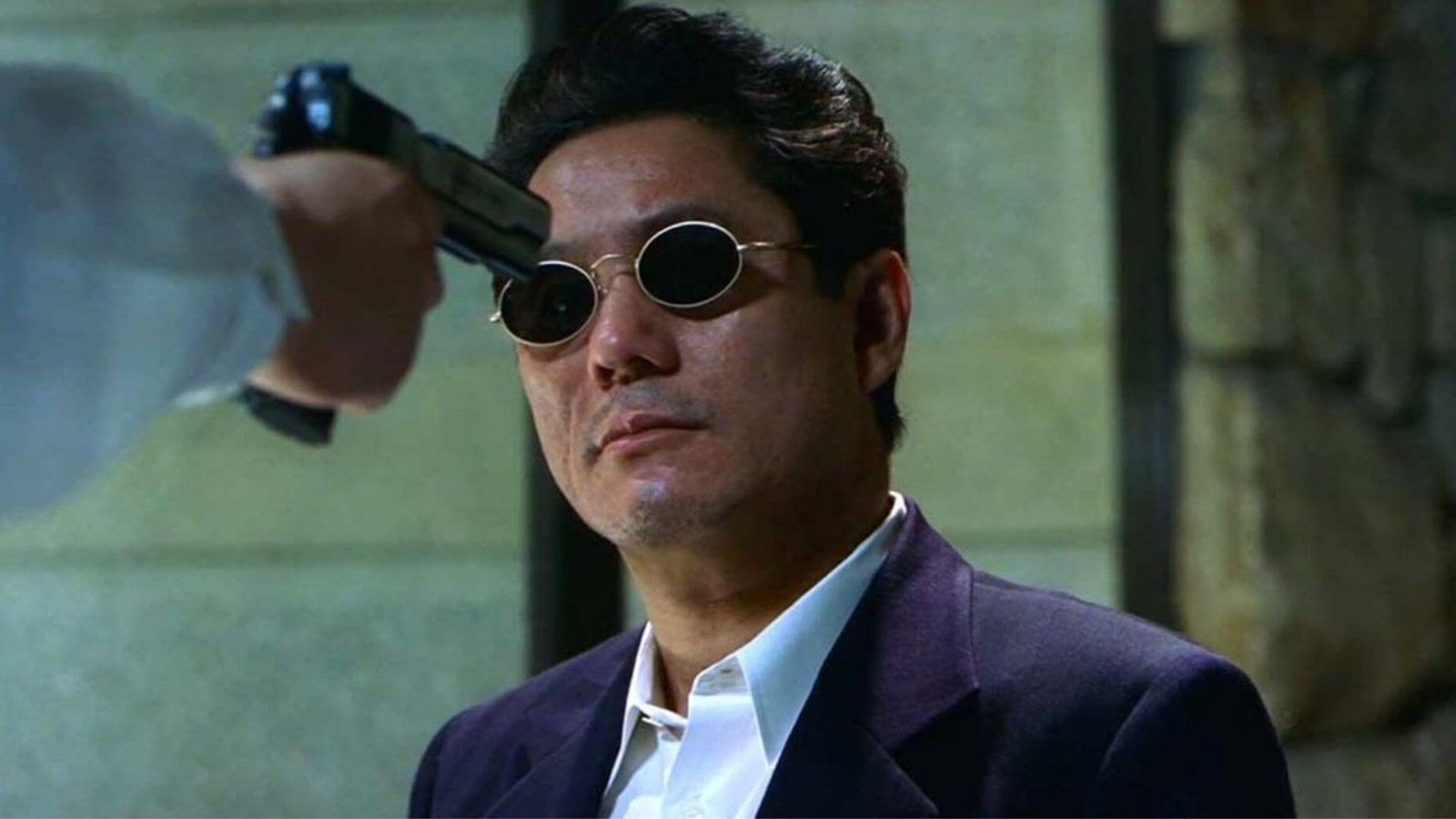A Guide to Japanese Movie Genres: From Jidaigeki to Yakuza Films
Japanese cinema is renowned for its rich and diverse array of genres, each offering a unique lens through which to explore the country’s culture, history, and societal values. From the historical dramas of Jidaigeki to the gritty tales of the Yakuza, Japanese films have captivated audiences worldwide with their storytelling and visual artistry. This guide delves into some of the most prominent Japanese movie genres, providing an overview of their key features and cultural significance.

Jidaigeki (Period Dramas)
Jidaigeki films are period dramas set during the Edo period (1603-1868) of Japanese history. These films often focus on samurai, ronin (masterless samurai), and other aspects of feudal Japan. The genre explores themes of honor, loyalty, and the code of bushido (the way of the warrior). One of the most famous subgenres of Jidaigeki is the Chambara, which emphasizes sword fighting and action-packed sequences.
Notable Films:
- Seven Samurai (1954) by Akira Kurosawa
- Harakiri (1962) by Masaki Kobayashi
- Zatoichi series (1962-1989)
Yakuza Films
Yakuza films, also known as Gokudō, focus on the lives and operations of Japan’s organized crime syndicates, known as the Yakuza. These films often depict the violent and complex relationships within the criminal underworld, exploring themes of loyalty, betrayal, and the struggle for power. The genre became popular in the 1960s and 1970s, with directors like Kinji Fukasaku bringing a gritty realism to the stories.
Notable Films:
- Battles Without Honor and Humanity (1973) by Kinji Fukasaku
- Sonatine (1993) by Takeshi Kitano
- Outrage (2010) by Takeshi Kitano
Kaiju (Giant Monster Films)
The Kaiju genre features giant monsters, often depicted wreaking havoc on cities and battling other creatures. This genre became globally recognized with the release of Godzilla (1954), which not only introduced the titular monster but also served as an allegory for the atomic bombings of Hiroshima and Nagasaki. Kaiju films blend science fiction with action, and have become a staple of Japanese pop culture.
Notable Films:
- Godzilla (1954) by Ishirō Honda
- Mothra (1961) by Ishirō Honda
- Gamera series (1965-2006)
Anime Films
Anime refers to Japanese animated films and television shows, which encompass a wide range of genres and styles. From epic fantasies to intimate dramas, anime films are known for their vibrant visuals, complex characters, and imaginative worlds. Studio Ghibli is perhaps the most famous anime studio, with films that have won international acclaim for their storytelling and artistry.
Notable Films:
- Spirited Away (2001) by Hayao Miyazaki
- Akira (1988) by Katsuhiro Otomo
- Your Name (2016) by Makoto Shinkai
Horror Films
Japanese horror, or J-Horror, is known for its psychological depth and unsettling atmosphere. Rather than relying on gore, J-Horror often explores themes of curses, ghosts, and the supernatural, drawing on traditional Japanese folklore and urban legends. These films have influenced the global horror genre and have been widely adapted by Hollywood.
Notable Films:
- Ringu (1998) by Hideo Nakata
- Ju-on: The Grudge (2002) by Takashi Shimizu
- Onibaba (1964) by Kaneto Shindō
Conclusion
Japanese cinema offers a vast and varied landscape of genres, each reflecting different aspects of the nation’s cultural and historical fabric. From the epic tales of Jidaigeki to the intense worlds of Yakuza films, and the fantastical realms of Anime, these genres provide a window into the heart of Japanese storytelling. Whether you are a longtime fan or new to Japanese films, exploring these genres can deepen your appreciation for the art and culture of Japan.


